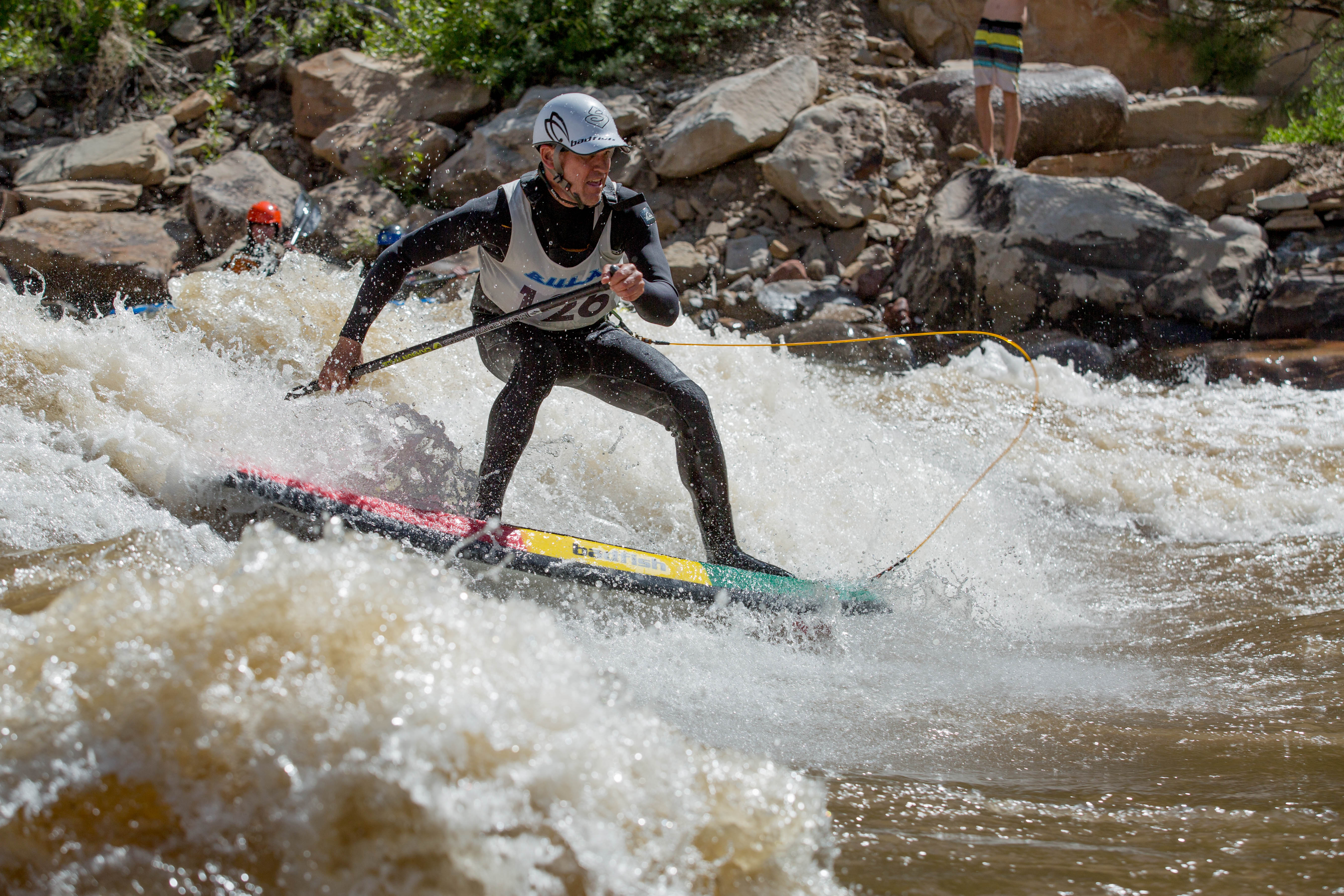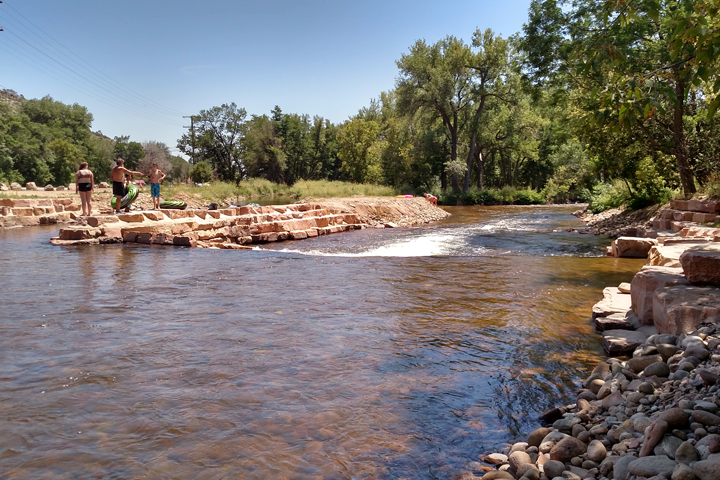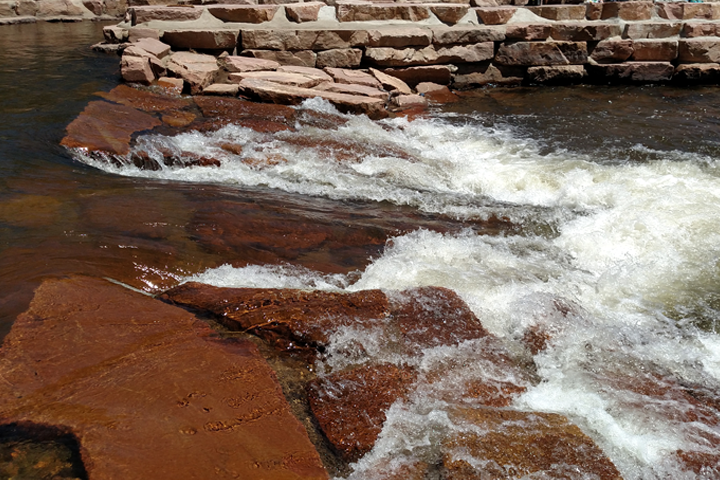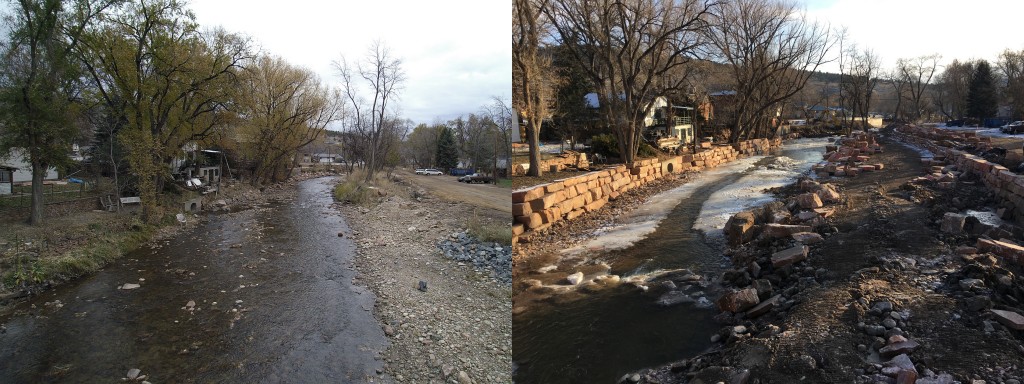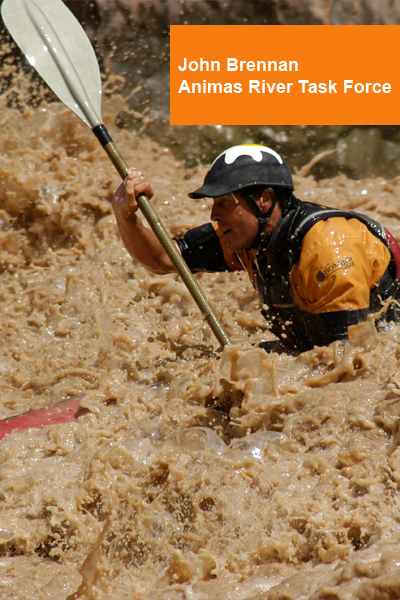
My name is John Brennan and I’m the local coach here in Durango. I’m also the guy that traditionally manages the club’s efforts to maintain our whitewater park. Historically we did all of this work ourselves but we have been seeking out a way to get one of the experienced design teams involved in creating some specific play features. In an effort to make this happen I have been working with the Animas River Task Force here in Durango to get buy-in as well as to get the design moved forward.
I know that Brian Brown has told you a little bit about how our process got started (link) so I wanted to focus on the design part of this process. As Brian mentioned, we focused our design efforts on forming a task force that was filled with a variety of characters representing a number of different interest groups related to this project. The task force included fishermen and environmental groups as well as rafters, kayakers, and members from the interested public. The idea was to get input from each of these groups in order to move a project forward that benefited the most people.
Once we brought S2o on board as our whitewater design team we were pleasantly surprised to find that they were focusing their efforts on working with us. Rather than presenting a design for us to approve or disapprove they included us in the process. We were able to tour various sites along the river with their design team and give input into the things we liked and didn’t like. We also worked with them to record the things that we found important—both good and bad—about how the park should look and act. S2o then included us in the design process by articulating our “likes” and “dislikes” for the project and then providing a variety of design alternatives that best fit these objectives. We worked with them to shape these many designs into one design that we all liked. It was like we were able to watch the design take shape in front of us. It was a process that made sense to us, as kayakers, and also to the other people in the room. It was a design that we could all agree on.
The team also worked with local permitting people right from the start. This helped our task force a lot because it allowed us to make informed decisions about the whitewater park. Sometimes we would favor one site over another, or one type of wave over another, but S2o Design was able to tell us how that affected permitting requirements or water availability. In the end we were able to be a part of a process that was not only attractive to our task force members, but something that they were able to get built within our budget. This was a process that not only met our needs, but also moved the process quickly towards completion.
Recommendations:
Insist on being a part of the process—the last thing you want is to have a designer drop a design on your table and tell you this is your best option.
Bring all the river users to the table through a committee or through public meetings. You want everyone to take a stake in creating your whitewater park.
Pick a team that is not only knowledgeable, but that can work in front of a crowd. Getting buy-in from our community has been one of our toughest hurdles and having a team that could helpus to educate and include our community has been a real benefit.

